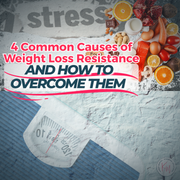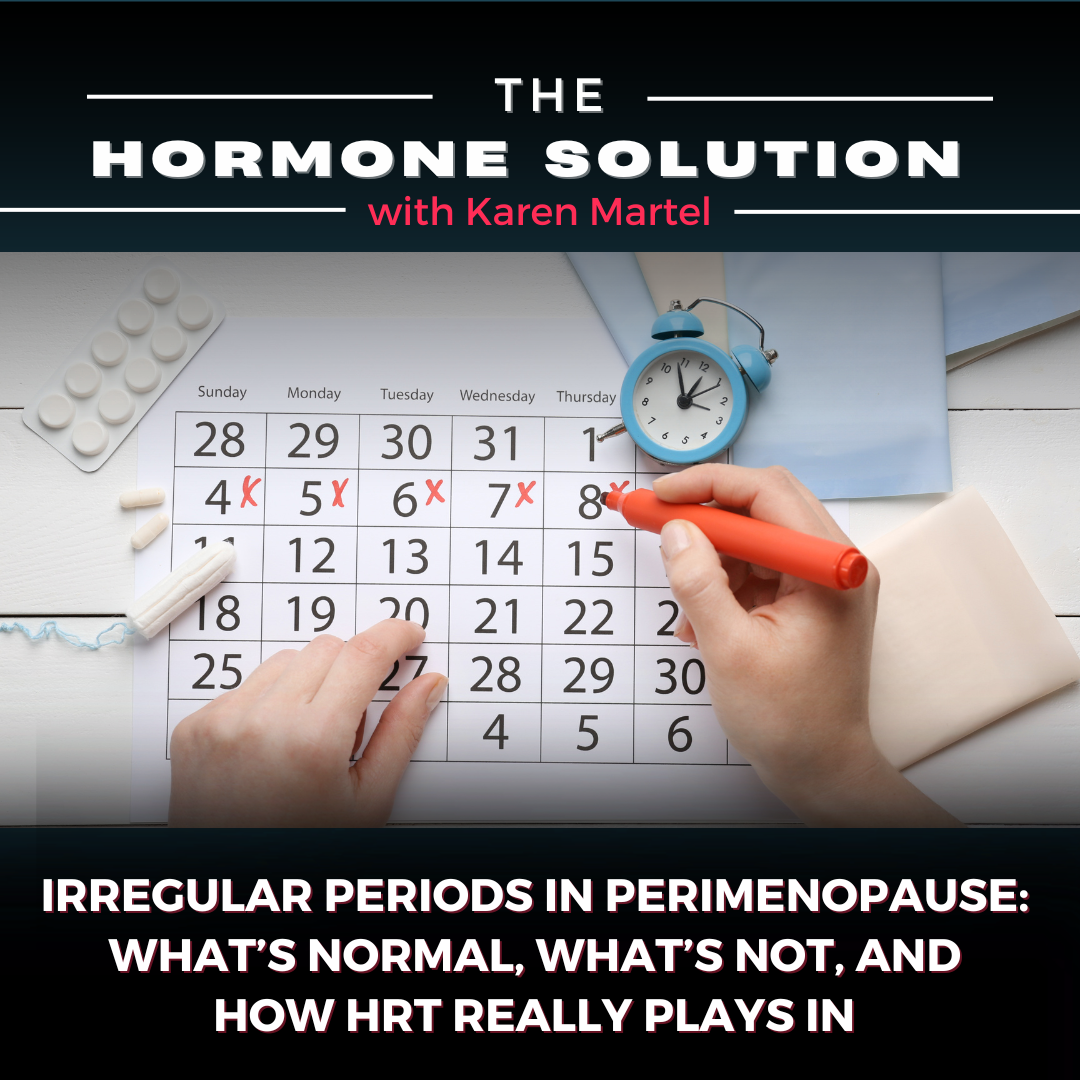
The Peri Menopause Final Destination
Navigating the Final Stretch of Perimenopause Hey there, lovely ladies! Let's talk about that wild ride known as perimenopause. It's the gradual transition leading up to menopause, filled with a cocktail of physical and mental changes. We're talking hot flashes, night sweats, mood swings, insomnia, vaginal dryness, and the list goes on. But how do you know when this phase is nearing its end? And when can you expect some relief? The Unpredictable Nature of Perimenopause Perimenopause is like a snowflake—unique for everyone. Predicting its end is tricky, which I know can be super frustrating. But fear not! There are common signs we can look out for, especially when it comes to our menstrual cycles becoming less frequent. Let's dive into what you might experience as perimenopause draws to a close.
What Exactly Is Perimenopause?
Perimenopause is that limbo between your reproductive years and menopause, the time when your body says, "No more babies for you!" This phase is marked by fluctuating hormone levels, particularly estrogen, which influences almost every part of your body—from your heart to your skin to your lady parts.
When Does It Start?
Typically, perimenopause kicks off in your mid to late 40s, but it can start earlier or later. On average, it lasts about four to five years. Fun fact: lifestyle factors like smoking can actually trigger an earlier start to perimenopause.
Signs That Perimenopause Is Ending
Perimenopause officially ends one year after your final menstrual period (FMP). That’s when you’ve hit menopause. The most reliable sign of this transition? Your menstrual cycle. Here’s a quick breakdown:
- Late reproductive stage: Slightly irregular cycles.
- Early perimenopause: Cycles vary by a week or more.
- Late perimenopause: Skipping periods, cycles separated by 60 days or more.
- Menopause: No periods for a year.
Common Symptoms of Perimenopause
Now, let’s talk about the not-so-fun stuff. Everyone experiences perimenopause differently, but here are some common symptoms and how they evolve:
-
Irregular Periods
- As your egg supply dwindles, your periods become irregular until they stop altogether.
-
Hot Flashes
- Three out of four North American women experience these intense waves of heat, mainly affecting the head, face, and upper chest. They might increase as you approach menopause but can also linger for years after.
-
Mood Swings
- Your brain is packed with estrogen receptors, so falling estrogen levels can lead to depression and anxiety. The risk of major depressive episodes increases as you enter perimenopause but typically normalizes a few years after your FMP.
-
Vaginal Dryness
- Lower estrogen levels mean less blood flow to the genitals, decreased natural lubrication, and thinner vaginal tissues. This can cause itching, irritation, and painful sex, often continuing and worsening if left untreated.
-
Insomnia
- Thanks to dropping estrogen levels, increased anxiety, and those pesky night sweats, sleep can become a challenge. The risk of sleep difficulties spikes during perimenopause and may stay elevated or even worsen post-menopause.
-
Headaches
- Hormonal changes can also trigger more frequent headaches. Tension headaches often increase, while migraines may worsen during perimenopause but usually stabilize afterward.
-
Low Sex Drive
- Estrogen fluctuations can dampen your libido, especially when combined with vaginal discomfort. Some women, however, find their sex drive improves after menopause, thanks to decreased anxiety about pregnancy and increased body confidence.
The Finish Line
Figuring out where you are in your perimenopause journey can feel like trying to solve a puzzle with a few missing pieces. Menstrual irregularity is a helpful indicator, but everyone's experience is different. The best approach? Be patient, pay attention to your body, and keep talking to your healthcare provider.
Remember, ongoing research might soon give us better tools to track menopause status accurately. And when that day comes, we'll be here to help you navigate every step of the way. Stay strong, stay informed, and remember—you’ve got this!

Find Karen Martel on Apply Podcast
Karen Martel is a Certified Hormone Specialist and Transformational Nutrition Coach dedicated to empowering women through their health journeys.
As the host of the popular podcast The Hormone Solution, Karen tackles the complexities of hormonal health, weight loss resistance, and the challenges that come with perimenopause and menopause.
Her mission is to disrupt outdated narratives surrounding women's health, providing reliable information and practical solutions that help women reclaim their vitality.
Tune in to discover how to embrace life's stages while enhancing overall well-being.





